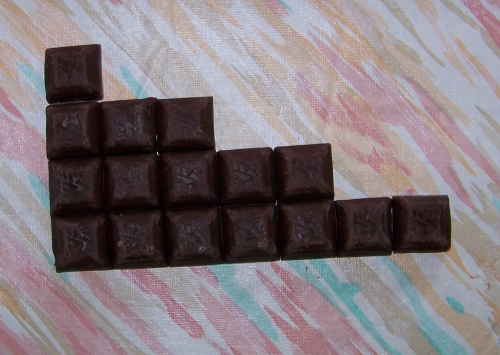Langton’s ant travels on the infinite square grid, colored black and white. At each time step the ant moves one cell forward. The ant’s direction changes according to the color of the cell he moves onto. The ant turns 90 degrees left if the cell is white, and 90 degrees right if the cell is black. After that, the cell he is on changes its color to the opposite color.
There is a symmetry of time and space for this ant. If at any point of the ant’s travel, someone interferes and reverses the ant’s direction in between the cells, the ant and the grid will traverse the steps and stages back to the starting point.
Let’s give this ant a life. I mean, let’s place him inside the Game of Life invented by John H. Conway. In addition to the Langton’s ant’s rules, I want the cells to change colors according to the rules of the Game of Life.
Let me remind you of the rules of Conway’s Game of Life. We call black cells live cells and white cells dead cells. Black is life and white is death. The cell has eight neighbors — horizontal, vertical, diagonal. At each time step:
- A cell dies of agoraphobia, if it has more than three neighbors.
- A cell dies of boredom, if it has less than two neighbors.
- A dead cell can be born again, if it has exactly three neighbors.
- Otherwise, the cell’s status doesn’t change.
So, our ant will be traveling in this dying and reproducing population and correcting nature’s mistakes. He revives dead cells and kills live cells.
There is an ambiguity in this ant’s life description. The life can happen at two different moments. In the first ant’s world, the ant jumps from one cell to the next, and while he is in the air, the cells have time to copulate, give birth and die. Upon landing, the ant changes direction and uses his magic wand to change the life status of its landing cell. In the second ant’s world, the ant moves to the destination cell, changes its own direction and the status of the cell and then takes a smoke. All the fun, sex and death happen while he is enjoying his cigarette.
The ant’s life has symmetry in a way that is similar to the symmetry of the ant without life. If we reverse the ant’s direction back and also switch his life-style from the first to the second or vice versa, then the ant and the grid will go backwards in their states.
The parameters for the Langton’s ant were chosen to make the ant’s behavior interesting. The parameters of the Game of Life were chosen to make the Game of Life’s behavior interesting. To make the ant’s life fascinating, we might want to modify the ant’s behavior or the Life’s rules. The synergy of the ant and the Life might be intriguing only if the ant changes its behavior and the Life changes its rules.
Let’s experiment and discover how we need to change the rules in order to make the ant’s life interesting.
Share:





 Sergei Bernstein and Nathan Benjamin brought back a variation of the
Sergei Bernstein and Nathan Benjamin brought back a variation of the 